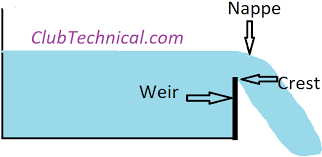Traffic Engineering Design Execution and Evaluation
Traffic Engineering Design Execution
1. Construction Phase
When building or improving a traffic system, the traffic engineer needs to consider the construction phase carefully. Most want to avoid detours, using different techniques to control traffic through the area as work is conducted. If they find a detour is necessary, they’ll need to study the area to find the best options for a route. They’ll need to create a timeline for the project’s construction and ensure the timeline is adhered to while also keeping workers and drivers in the area safe. They’ll need to decide what lanes will be closed and when, as well as the speed limits while workers are present.
2. Implementation Phase
With construction underway, the implementation phase begins. Traffic engineers will need to oversee construction every step of the way and help handle any issues that arise. The engineers will work closely with the people they’ve commissioned to ensure all goes smoothly and will make adjustments to their design if it’s deemed necessary. They’ll also make sure the steps they put in place to control traffic are working effectively.
Traffic Engineering Design Evaluation
After a new traffic system has been created, the system needs to be evaluated. Traffic engineers need to continue to monitor the area, collecting and analyzing new data to ensure that traffic is flowing efficiently and safely through the system. They’ll also welcome feedback from the public and be willing to tweak their design to improve it if necessary.
.jpeg)



Comments
Post a Comment